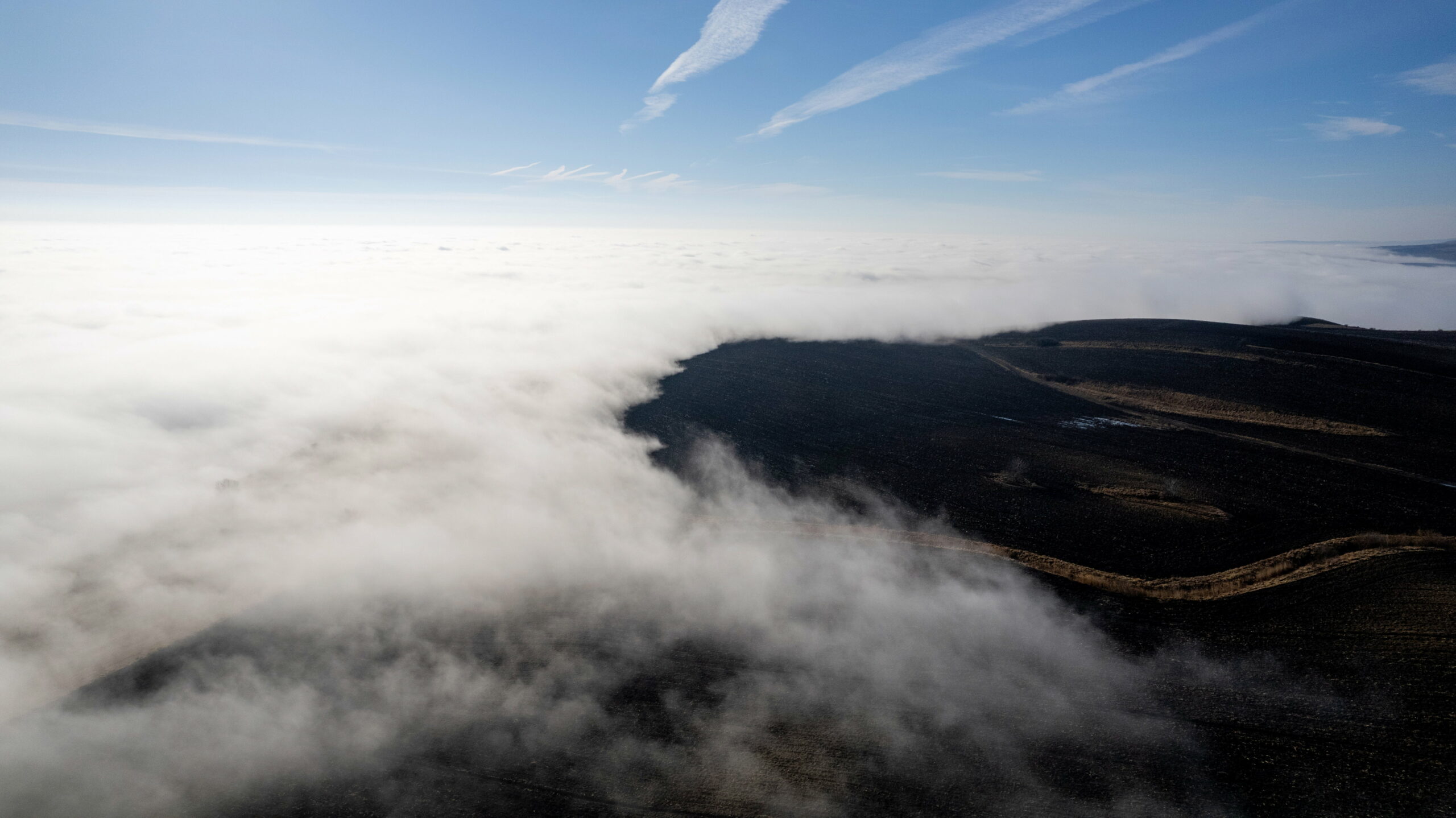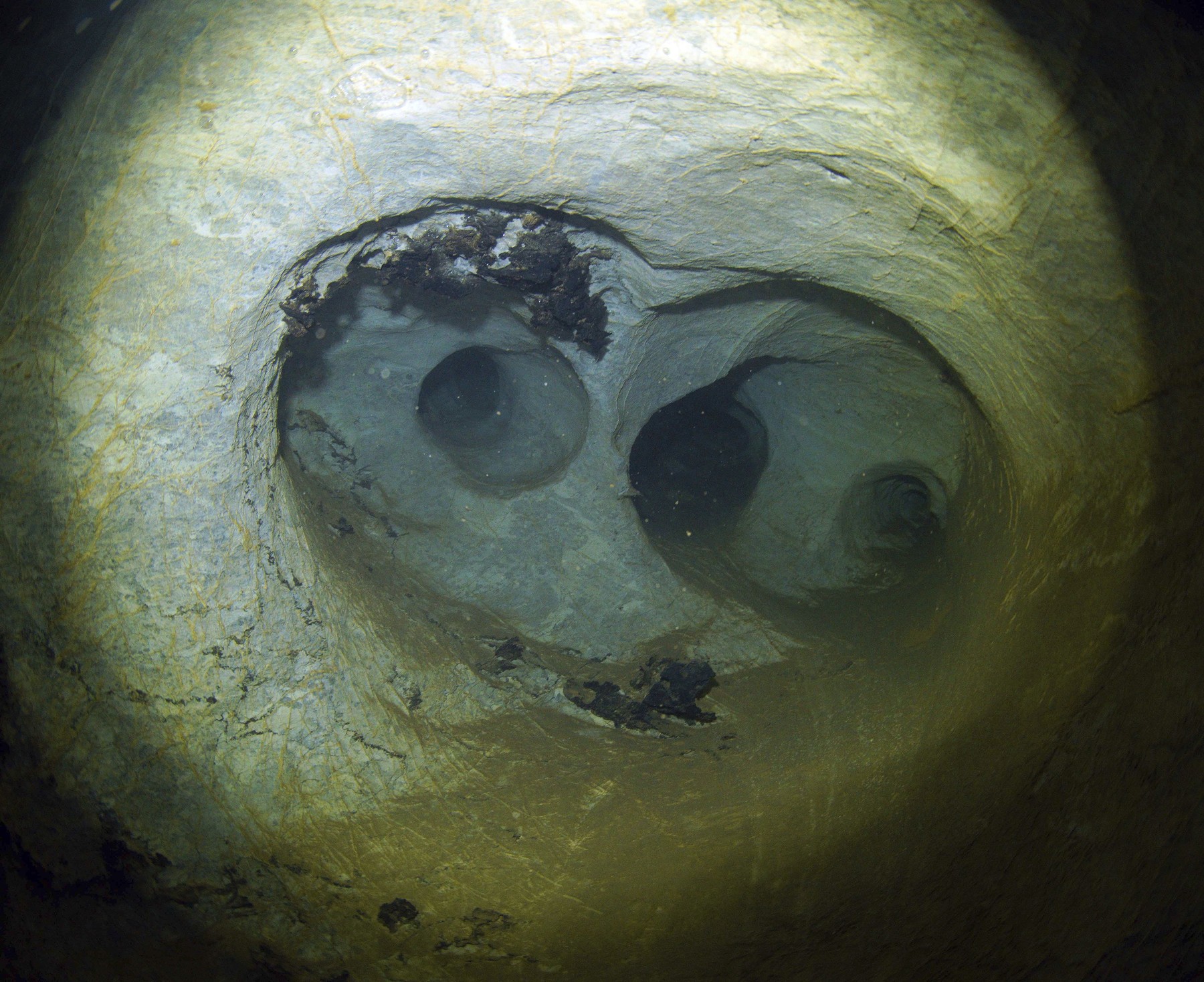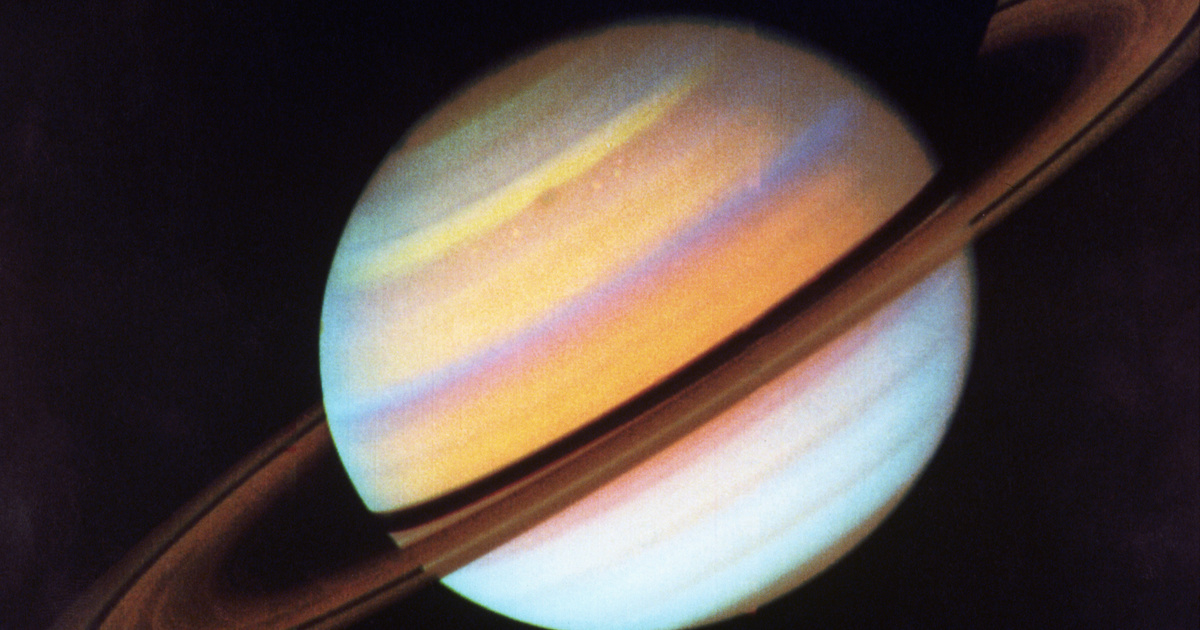NASA’s Cassini spacecraft orbited Saturn for more than ten years, from 2004 to 2017, thanks to which we have been able to obtain an amazing amount of information about the gas giant. Astronomers dealing with the planet have been constantly analyzing the data received at that time since then, and three new studies were published in May of this year, all of which claim that Saturn’s rings may be very small from an astronomical point of view, so they certainly did not form at the same time. The time the planet was formed, he writes CNN.
Our obvious conclusion is that Saturn’s rings may be very young by astronomical standards, only a few hundred million years old. If you look at the structure of Saturn, there are other hints that something exciting may have happened there in the past hundreds of millions of years, which is a very interesting process to study.
– said Richard Durisen, Professor Emeritus of Astronomy at Indiana University – and the three mentioned earlier Stady to for two Its author – , in a statement, later added that he believes it is likely that the seven rings that we know were formed even before dinosaurs ruled the earth.
It’s all thanks to Cassini
As is well known, Saturn’s rings are composed mostly of ice, with only a small percentage of rocky dust from fragments of asteroids and micrometeorites that disintegrated in space. The sand grain-like pieces collide with particles in Saturn’s rings, which float the debris around the celestial body thanks to the planet’s gravitational pull – this mass makes up the rings themselves.
Cassini made 22 orbits around Saturn in its last years, thanks to which researchers were finally able to find out how many meteorites are in the rings, what is the mass of the rings themselves, and with what speed material rains from the rings onto the planet itself. After analyzing the data, it became clear that the rings would be around Saturn for a few hundred million years at most, losing several tons of mass per second.
But what could create it?
There’s still no consensus on exactly how Saturn’s rings formed, but researchers think we’re more likely to see the rammed remnants of the icy moons that once orbited the planet today — and almost certainly the rest of the solar system could have a similar situation with the gas giant.
We assume that the rings around the ice and gas giants of our solar system were also once massive. The easiest way to make it clear what exactly awaits Saturn is that Uranus, as the second most distant planet in the solar system, now has particularly sparse rings.
He said, adding that it’s easy to imagine that the dark rings around Neptune and Uranus were once larger and brighter, similar to Saturn’s rings now.
According to Doresen, it’s important to understand what happened around the planet hundreds of millions of years ago, since we might also be able to learn how Saturn’s moon Enceladus formed. The Cassini-Huygens spacecraft flew by Enceladus several times in 2005, during which they detected rising water vapor and heat in the moon’s south polar region, a discovery, in addition to the fact that there are very few impact craters at the south pole. Both indicate that Enceladus is still geologically active today – so we might find life on the moon.









































